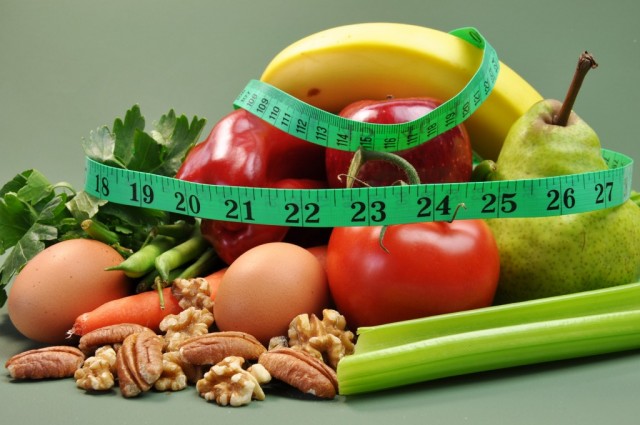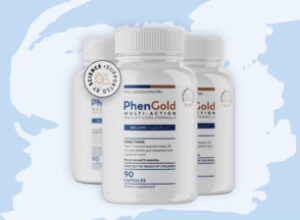The liver makes most of the cholesterol in the body, but dietary cholesterol plays an important role in controlling all the cholesterol levels in the body. The levels include the total cholesterol and the good and bad cholesterol. Good cholesterol, the HDL (high-density lipoproteins), protects the heart by helping to transport excess cholesterol from the arteries back to the liver for breakdown and disposal. On the other hand, the bad LDL (low-density lipoproteins) cholesterol builds up plaque that clogs the arteries and hinders normal blood flow. A low cholesterol diet should not only reduce the total cholesterol and LDL levels, it must also increase the HDL level at the same time.
Dietary Cholesterol
The main sources of dietary cholesterol are animal-derived foods rich in cholesterol and saturated fats, such as organ meats, egg yolk, butter and other full-cream dairy products. Trans fats (as those in deep-fried foods) and hydrogenated fats (as those in bakery items) are the other culprits. In a low cholesterol diet, you would replace saturated fats with polyunsaturated and monounsaturated fats such as oils of olive, canola, peanut, flaxseed, sunflower, and so on.
Fats to Avoid
As far as trans fats and hydrogenated fats are concerned, it is advisable to avoid them as far as possible, which means taking away French fries, crispies, cakes, cookies, pastries, and ice-creams from the low cholesterol diet menu.
Recommended Low Cholesterol Diet
Foods that should make an essential part of a low cholesterol diet must come from the following food groups:
Cereals and grains: Whole-wheat bread, unpolished rice, and oats-based cereals are foods that are rich in fiber, which helps sweep away the bad LDL cholesterol from the blood. In a low cholesterol diet it is essential to replace white bread and other refined, polished grains with whole-grain varieties. Nuts and seeds: Nuts like almonds, peanuts, walnuts and seeds like flaxseeds are rich in antioxidants (such as vitamin E and selenium) and in good fats, called omega-3 fatty acids, which protect the heart by increasing the HDL level. Nuts and seeds are also a rich source of fiber. The best way to include flaxseeds in a low cholesterol diet is by grinding them and sprinkling over cereals and salads. Fish: Non vegetarians can choose to have a fatty cold-water fish such as salmon or tuna twice a week to get a rich supply of omega-3 fatty acids. Beans and legumes: Beans, legumes and lentils are rich sources of protein and fiber and are low in fat content. They make an ideal substitute for meats. Soy cheese (tofu) is another good meat substitute in a low cholesterol diet. Fiber-rich foods: Foods like oats, barley, psyllium, apples, pears, prunes, kidney beans and Brussels sprouts are rich in soluble fiber, which acts like a broom to sweep out the cholesterol from the arteries. Fruits and vegetables: Fresh fruits and vegetables are loaded with fiber, antioxidants, flavanoids and plant sterols, all of which help lower cholesterol and raise HDL level. Some 8-10 servings of fruits and vegetables should be included in the daily low cholesterol diet. Garlic, onion: Some people believe garlic regulates liver functioning and dissolve the cholesterol deposits in the arteries. Others swear that including just half a raw onion in the daily low cholesterol diet can lower LDL level and increase HDL level.
Following a low cholesterol diet, with regular exercise, and cutting out on meats, full-cream dairy products, deep-fried foods and bakery items, can go a long way in lowering total cholesterol. Similarly, it lowers LDL cholesterol levels while raising the HDL level.
By: Julia Carmichael






